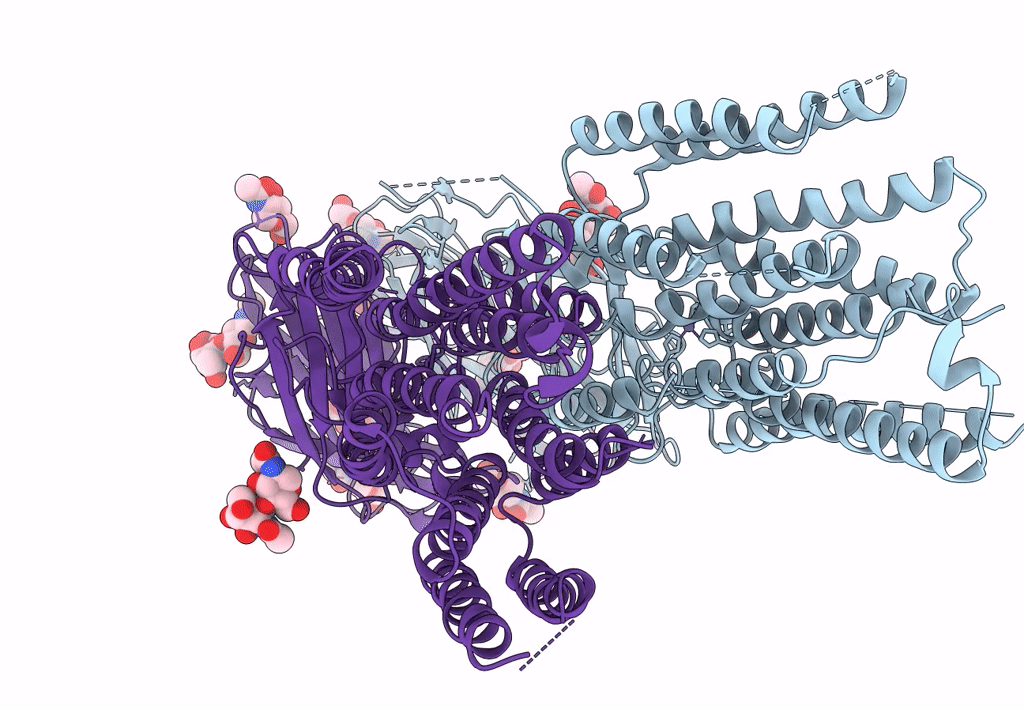
Deposition Date
2022-06-18
Release Date
2023-06-21
Last Version Date
2024-11-20
Method Details:
Experimental Method:
Resolution:
3.16 Å
Aggregation State:
PARTICLE
Reconstruction Method:
SINGLE PARTICLE


